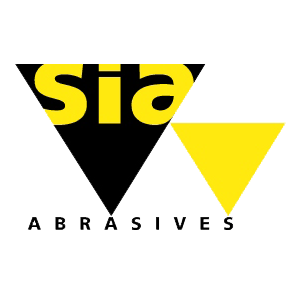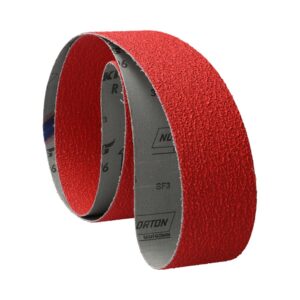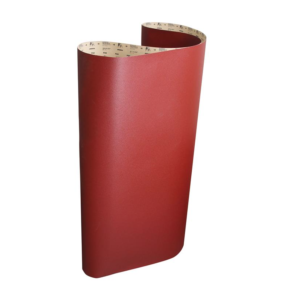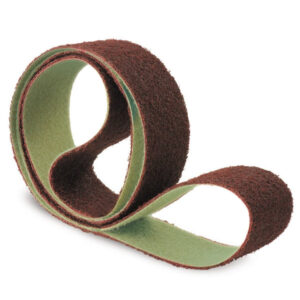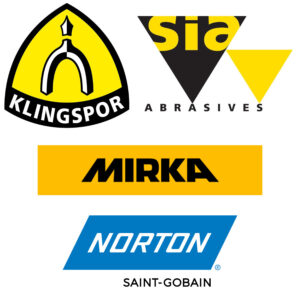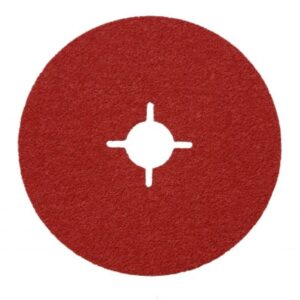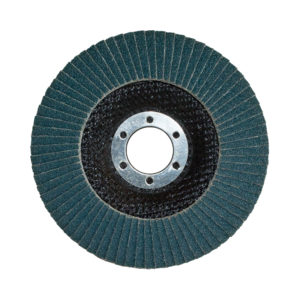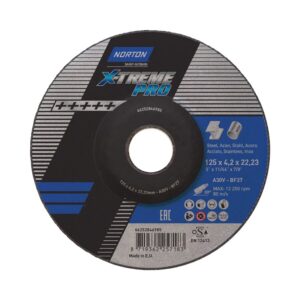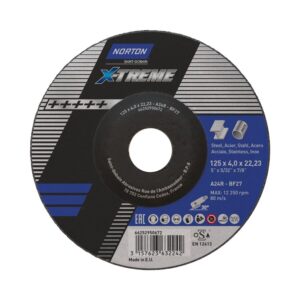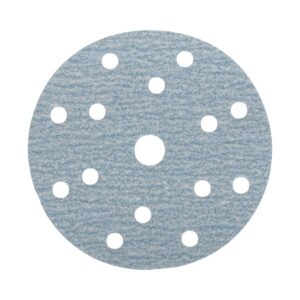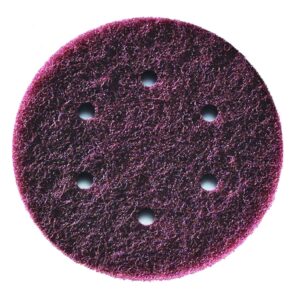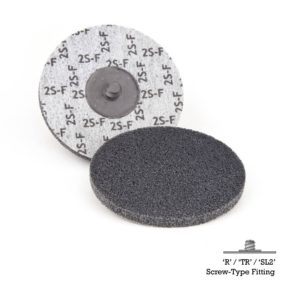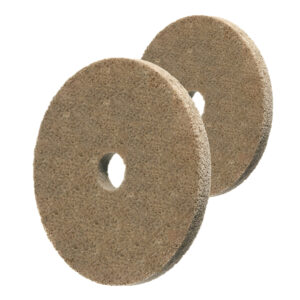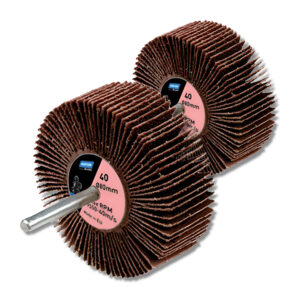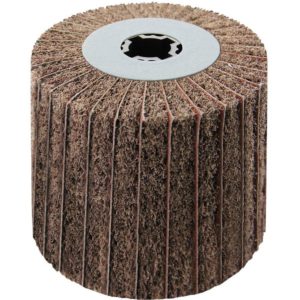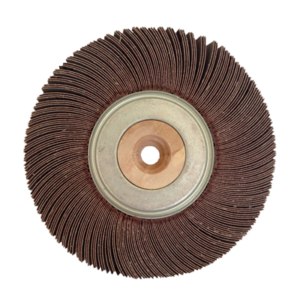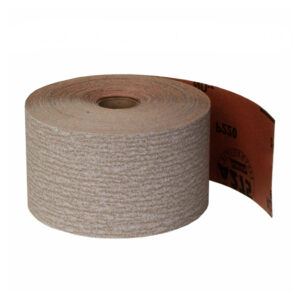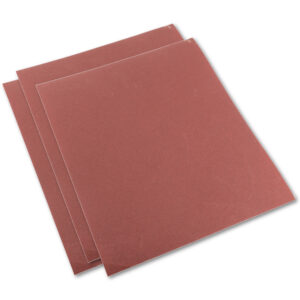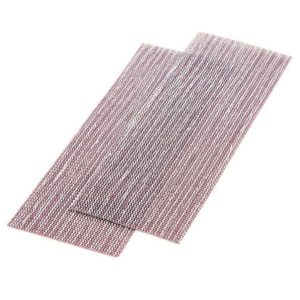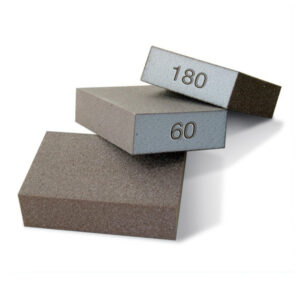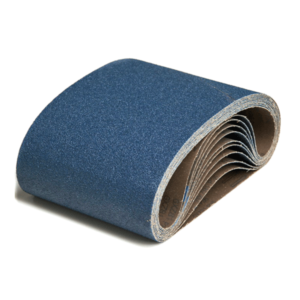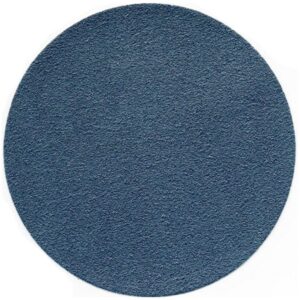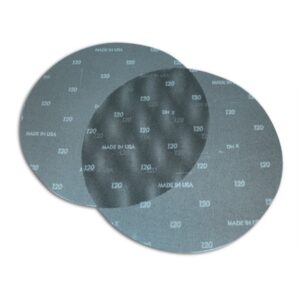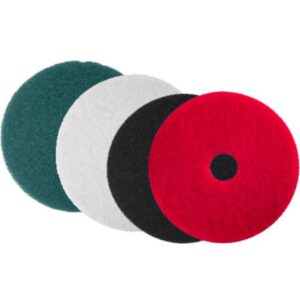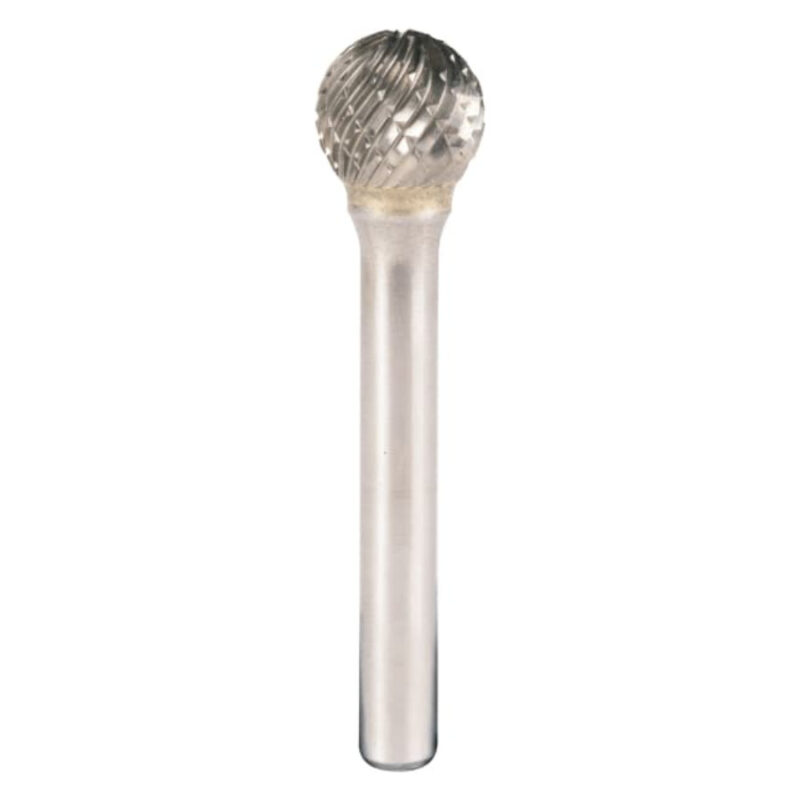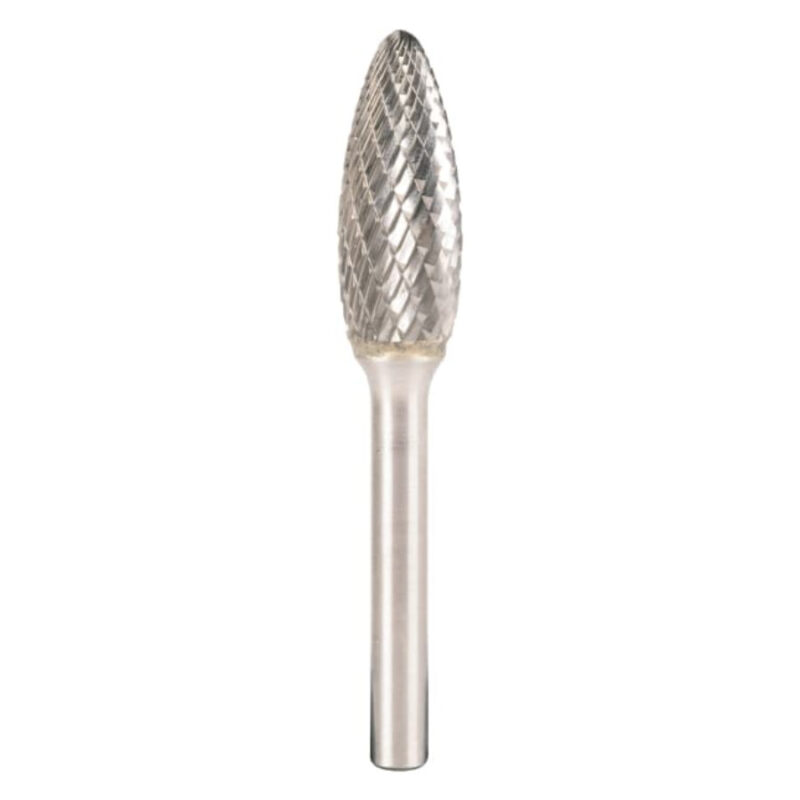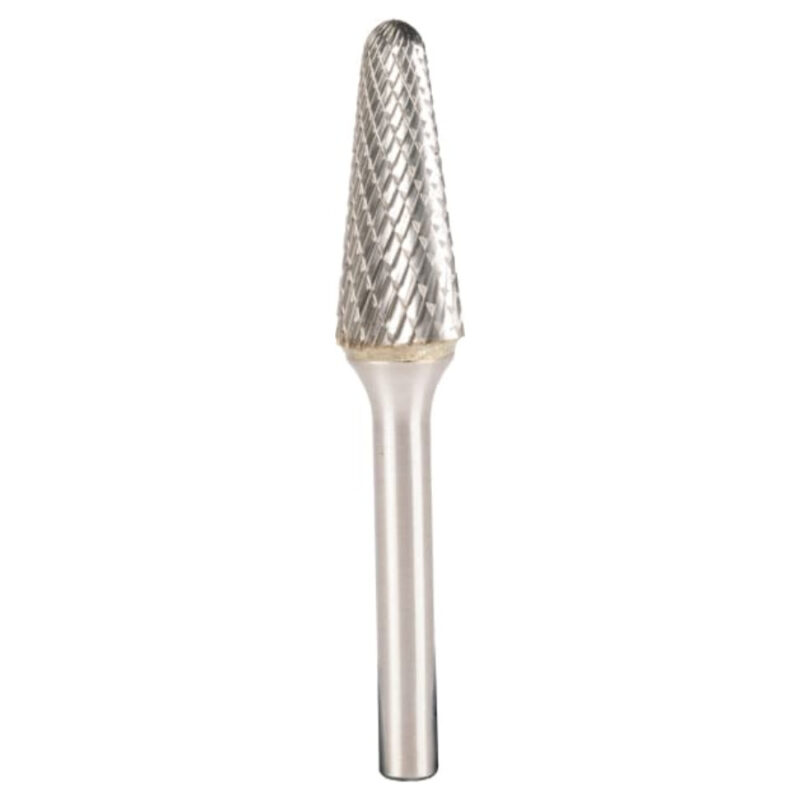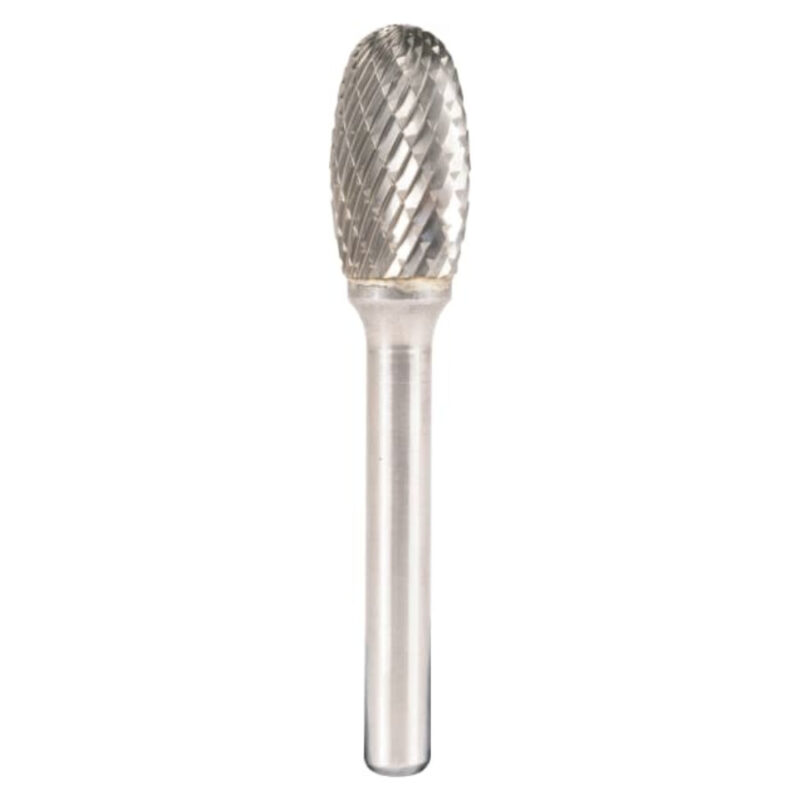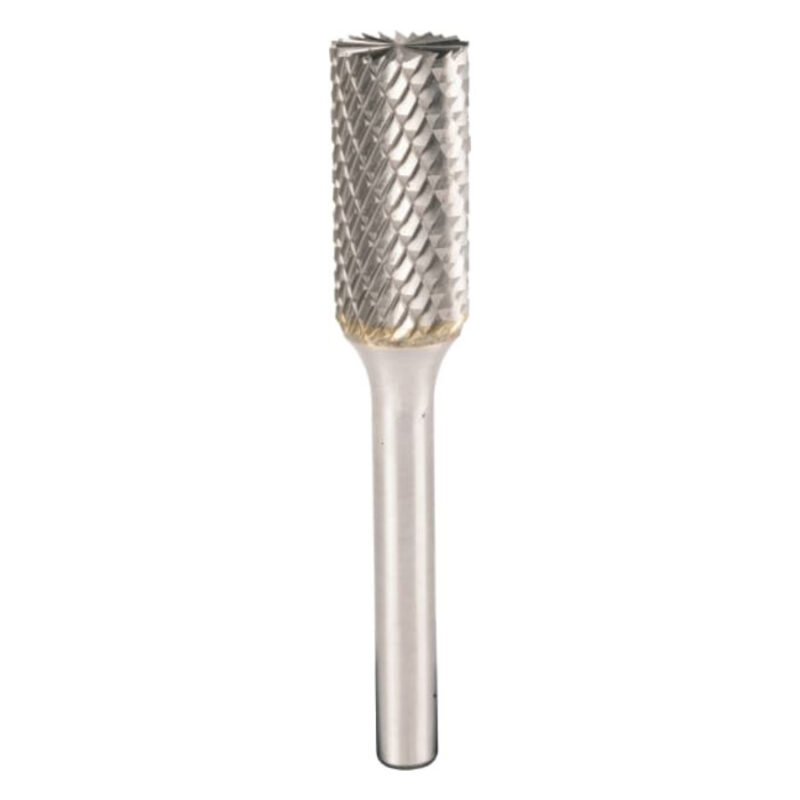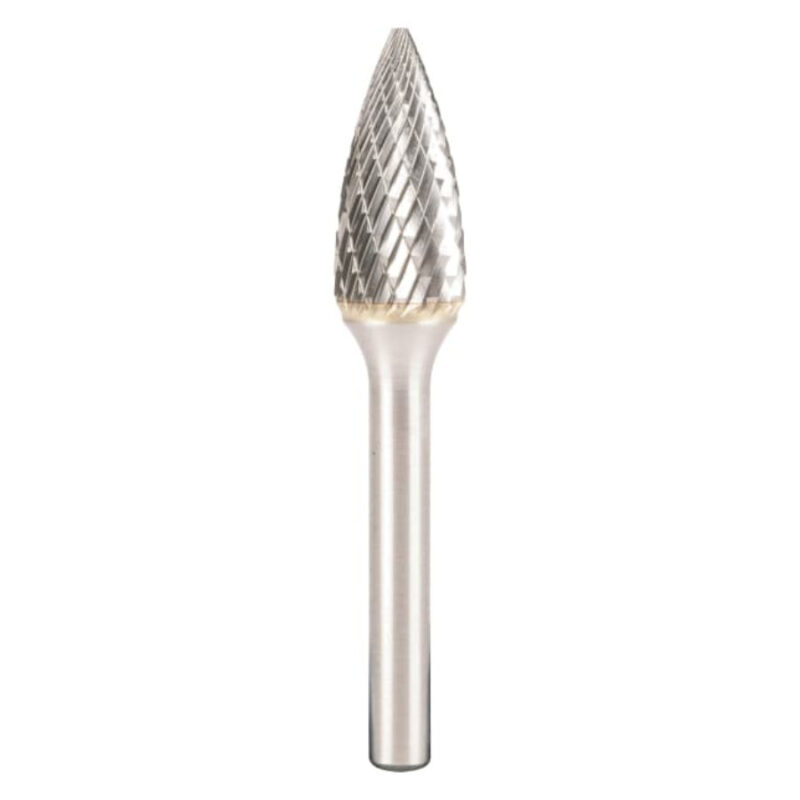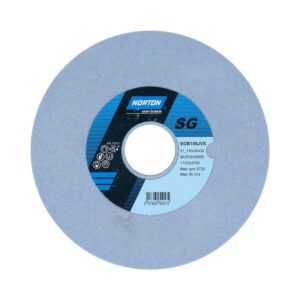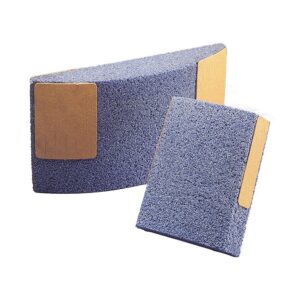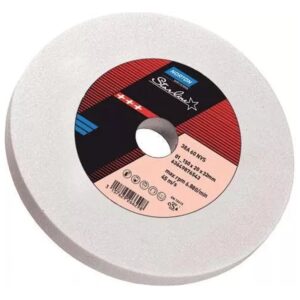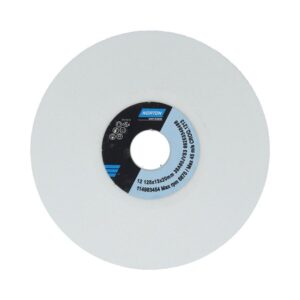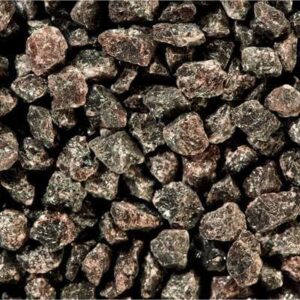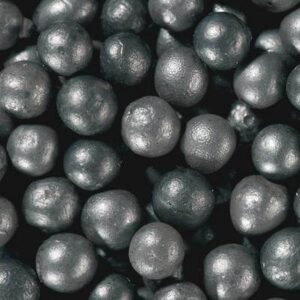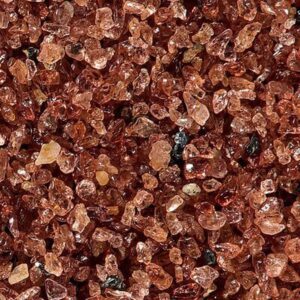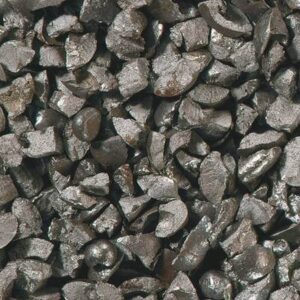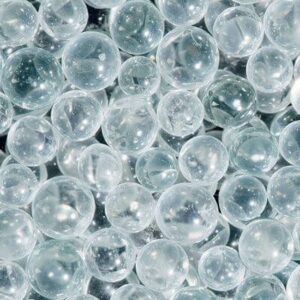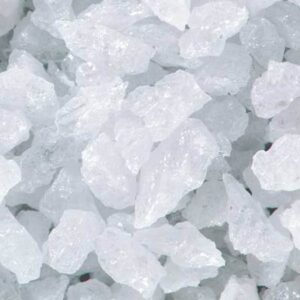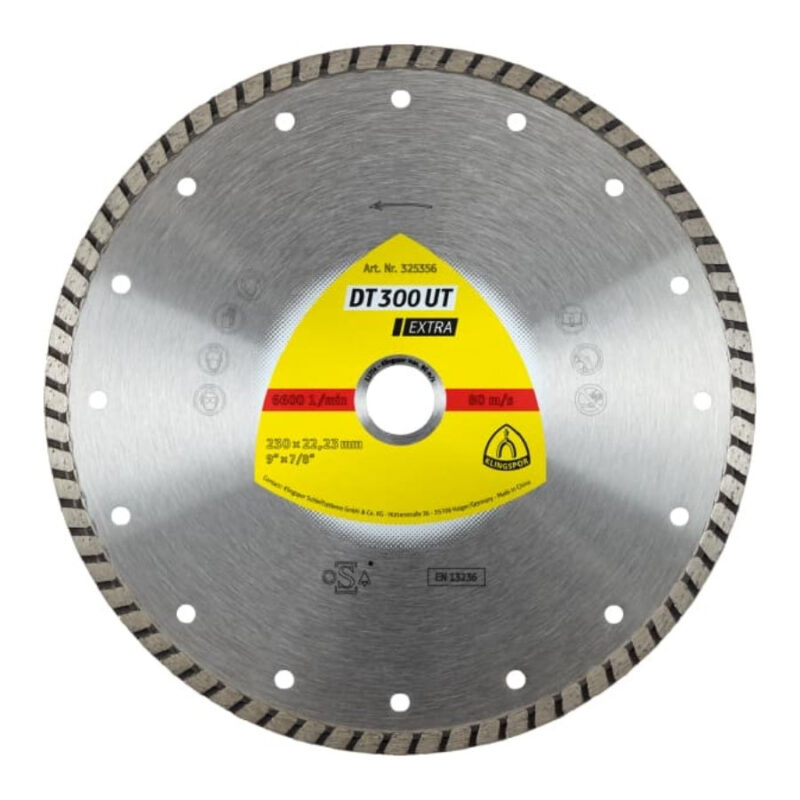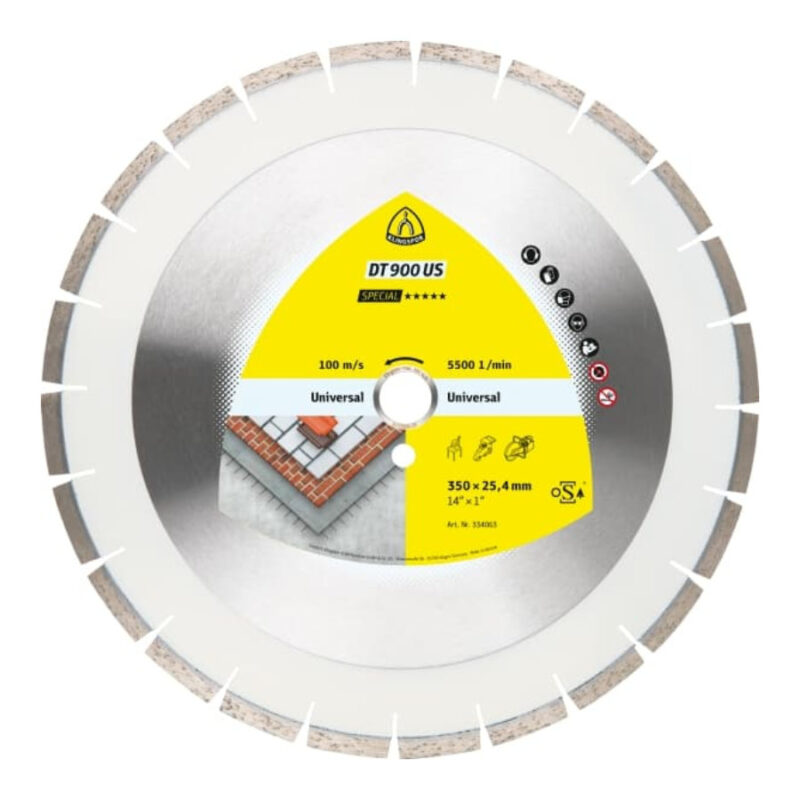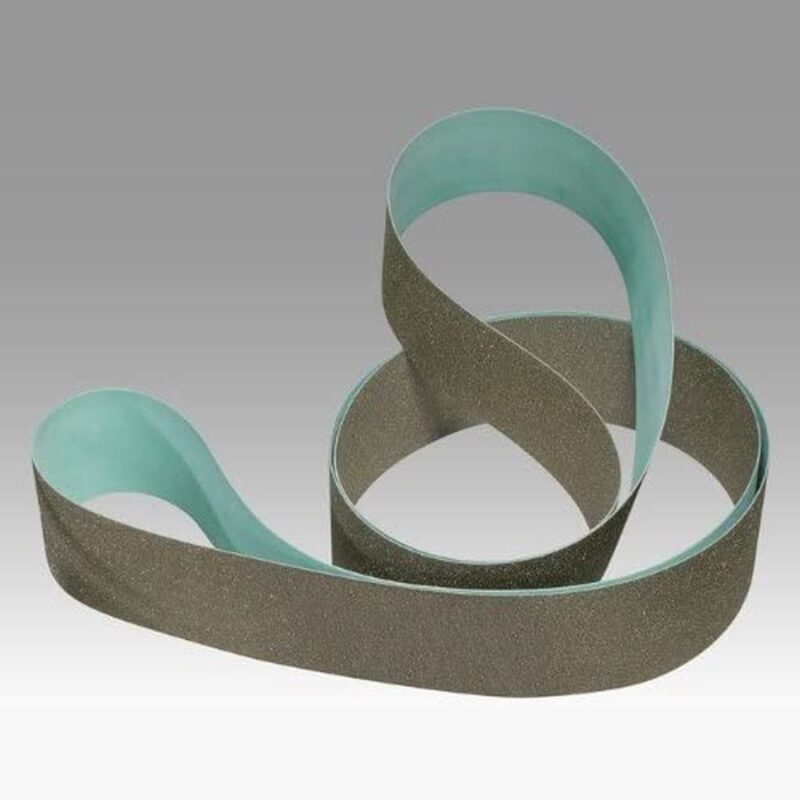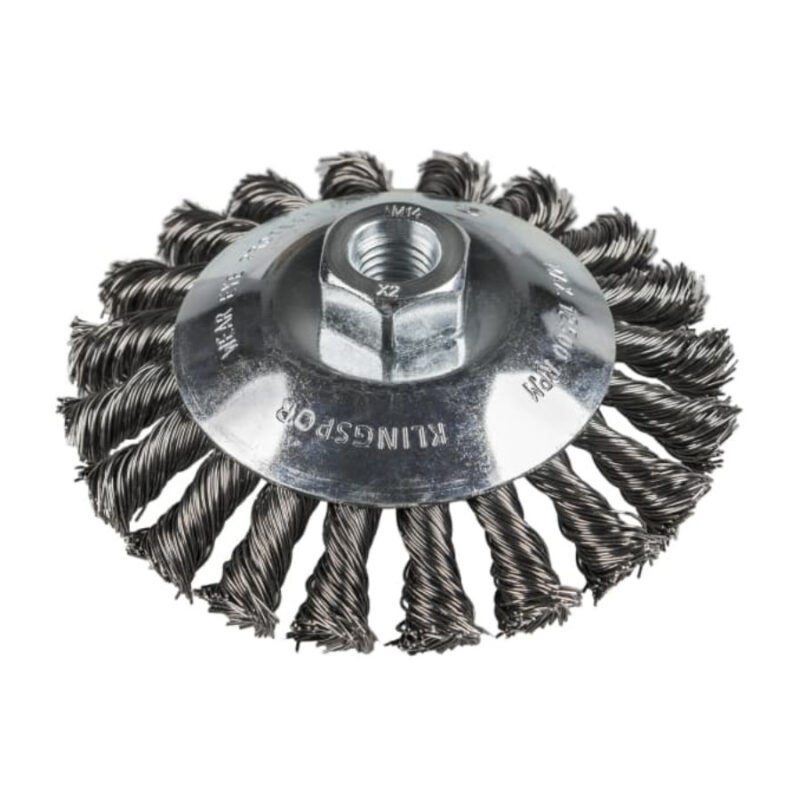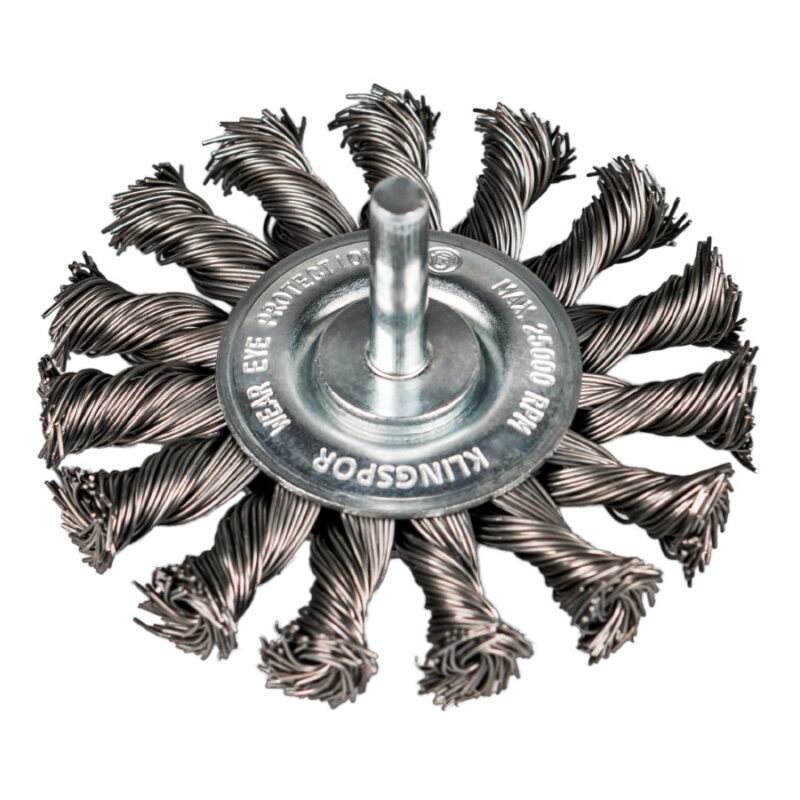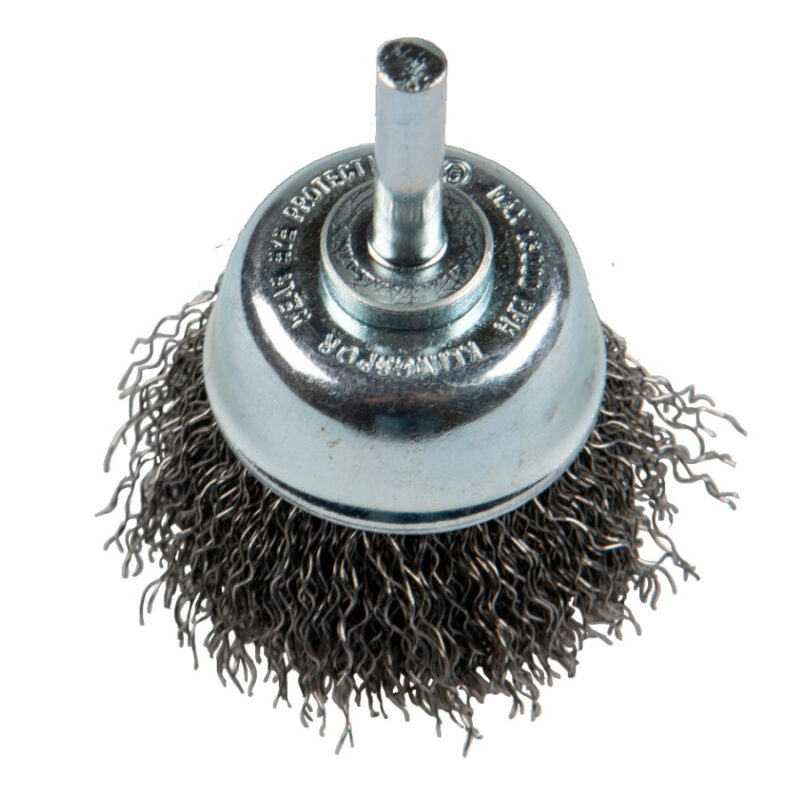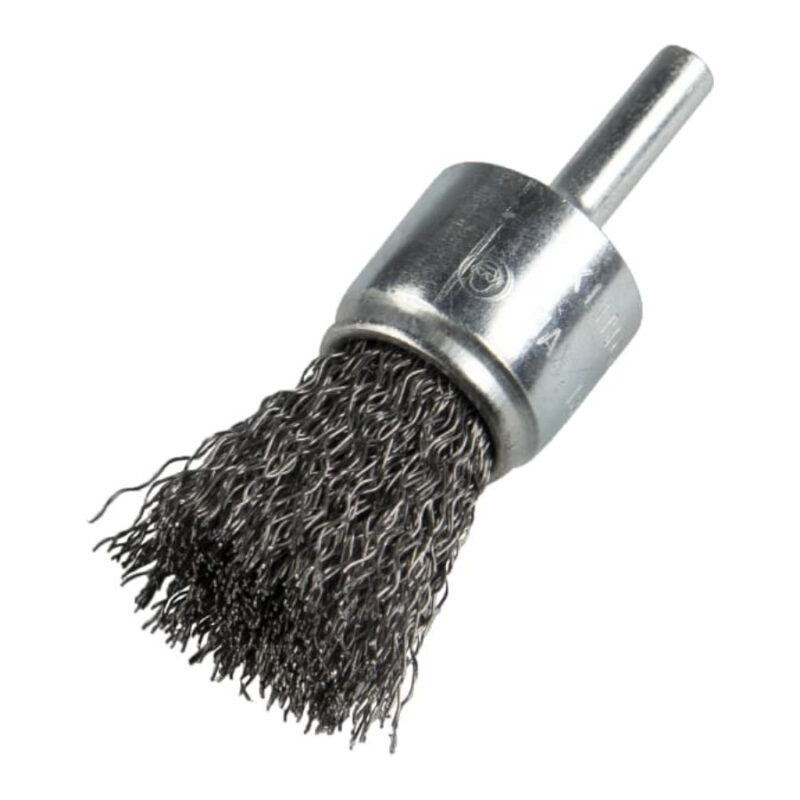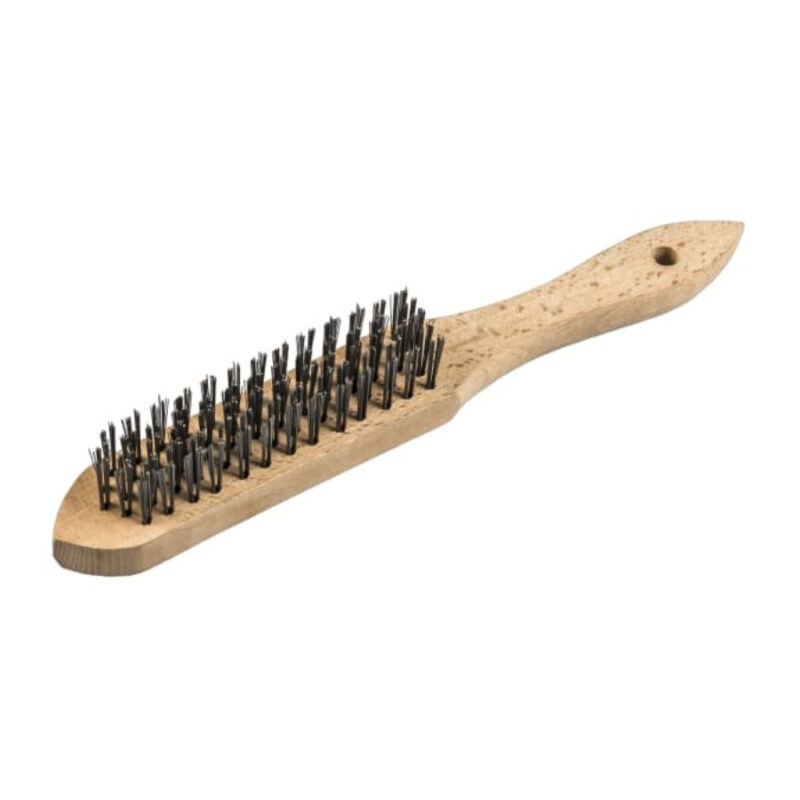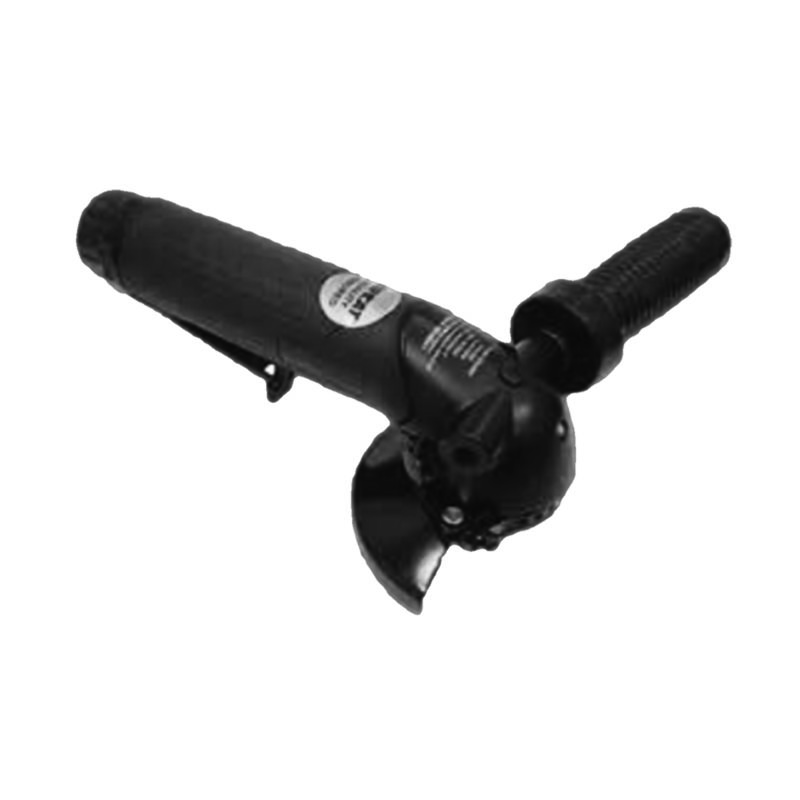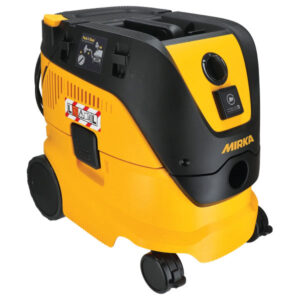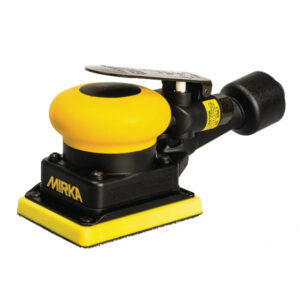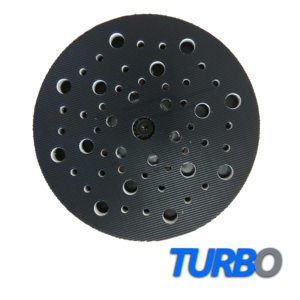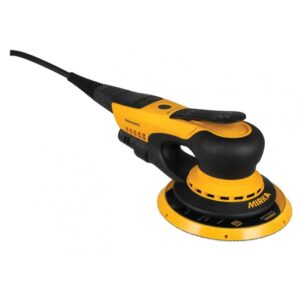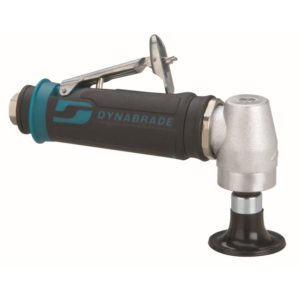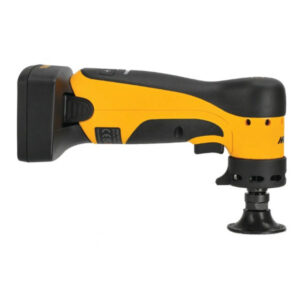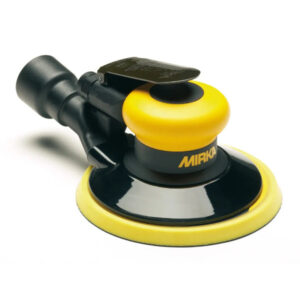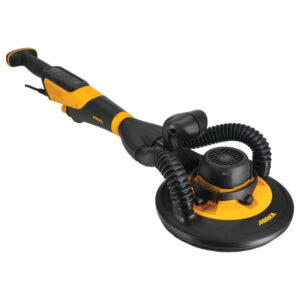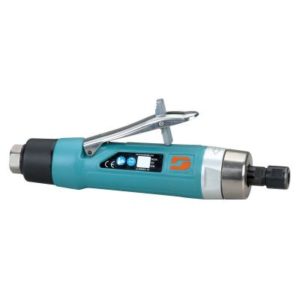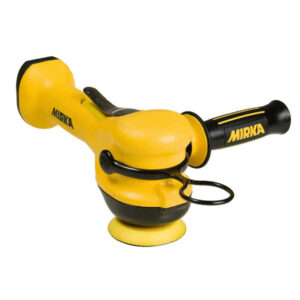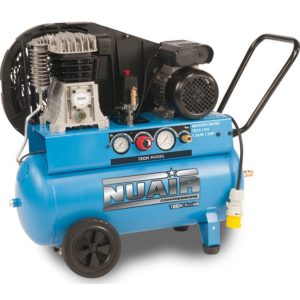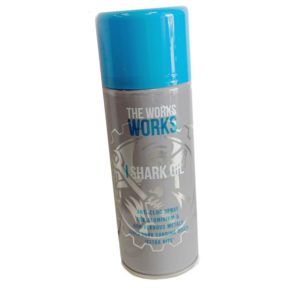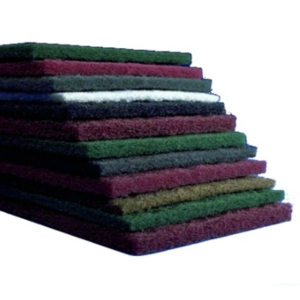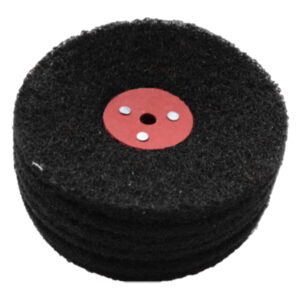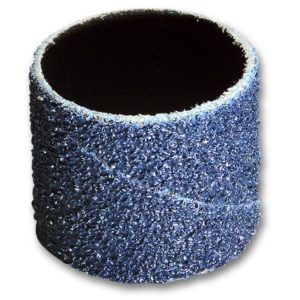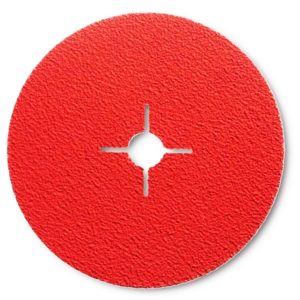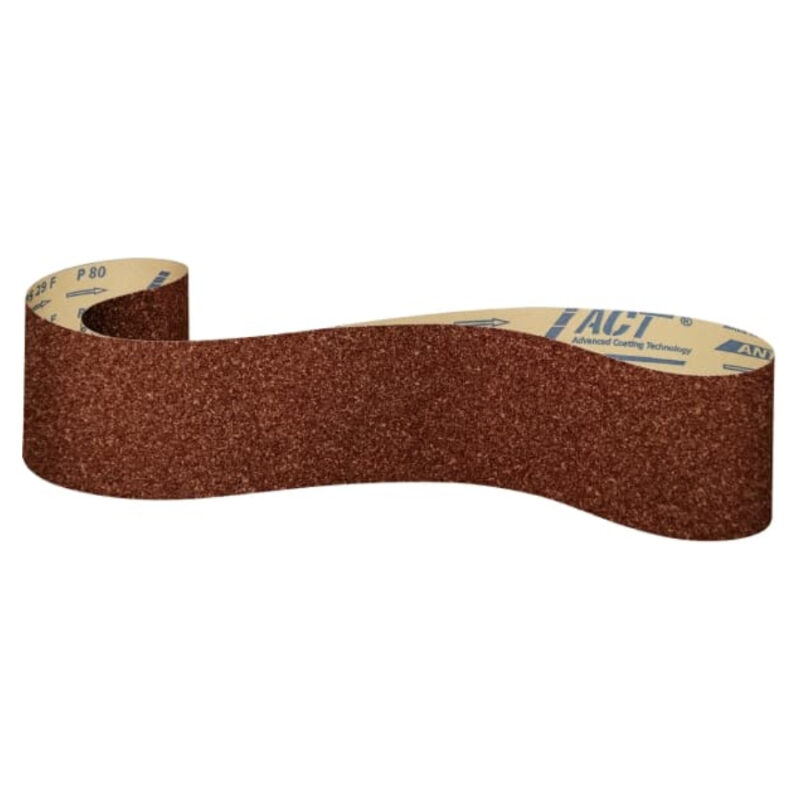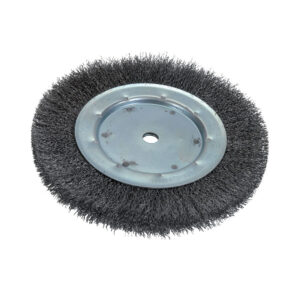Carbide Burrs
Carbide burrs, also known as rotary burrs, are cutting tools that are widely used in metalworking, woodworking, and other manufacturing applications. They are typically made from tungsten carbide, a high-strength material that is capable of withstanding high temperatures and cutting through tough materials like steel, aluminum, and titanium. In this article, we’ll take a closer look at carbide burrs and their many applications.
Carbide burrs are used to shape, deburr, and remove material from a variety of surfaces. They are most commonly used in applications that require precision cutting, such as in the automotive, aerospace, and construction industries. They are also used in woodworking, where they are used to shape and smooth hard materials like hardwood and MDF.
There are several different types of carbide burrs, each of which is designed for a specific application. The most common types include single-cut burrs, double-cut burrs, and diamond-cut burrs.
Single-cut burrs are the most basic type of carbide burr, and are typically used for rough shaping and deburring applications. They feature a single row of teeth that cut in one direction, and are best suited for softer materials like aluminum and brass.
Double-cut burrs, on the other hand, feature two rows of teeth that cut in opposite directions. This design allows them to remove material more quickly and efficiently than single-cut burrs, making them ideal for tougher materials like steel and titanium.
Diamond-cut burrs are a more specialized type of carbide burr that are designed for use on hard, brittle materials like glass and ceramics. They feature a diamond coating that allows them to make precise cuts without shattering the material.
Carbide burrs are typically used with a rotary tool like a die grinder or a high-speed air tool. The burr is held in place by a collet or chuck, and is rotated at high speeds to cut through the material being worked on. Depending on the application, carbide burrs can be used for rough grinding, fine finishing, or shaping and contouring.
One of the key benefits of using carbide burrs is their versatility. They can be used to cut through a wide range of materials, from soft plastics to hard metals, making them a valuable tool in many different manufacturing applications. They are also highly durable, and can withstand high temperatures and heavy use without becoming dull or worn.
Another benefit of carbide burrs is their precision. Because they are capable of making very fine cuts and shapes, they are ideal for applications that require a high degree of accuracy and precision. They can be used to create intricate shapes and patterns, and can be used to create smooth, polished surfaces on even the toughest materials.
When using carbide burrs, it is important to follow proper safety procedures to avoid injury. Because they operate at high speeds and generate a lot of heat and sparks, it is important to wear eye and ear protection, as well as gloves and protective clothing. It is also important to make sure that the burr is securely attached to the tool being used, and that the material being worked on is held securely in place to avoid slipping or shifting.
In conclusion, carbide burrs are an essential tool in many manufacturing applications, from metalworking to woodworking and beyond. They are highly versatile, durable, and precise, and can be used to cut through a wide range of materials with ease. Whether you are shaping, deburring, or contouring a surface, a carbide burr can help you get the job done quickly and efficiently. With proper safety precautions and a little bit of practice, anyone can learn to use carbide burrs to create precise, high-quality workpieces.






